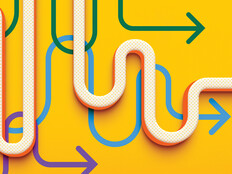What Is AI Literacy?
The simplest definition of AI literacy is an understanding of what AI is and how it works.
Digital Promise defines AI literacy as “the knowledge and skills that enable humans to critically understand, evaluate and use AI systems and tools to safely and ethically participate in an increasingly digital world.”
Bryan Twarek, head of innovation and research at the Computer Science Teachers Association, believes the definition should include a technological component. Understanding how the AI model was developed — including the explicit or implicit biases it may have acquired in its creation — allows users to critically evaluate the output.
“If we’re examining criminal justice data, for example, we know there are a lot of biases in play in our society. So, if we’re training on existing data, we’re going to perpetuate those inequities and biases,” explains Twarek. “There’s this notion that technology creates a neutral space, but it’s based on the values of the creators and the data.”
Pati Ruiz, director of learning technology research at Digital Promise, points out that AI literacy includes knowing when it’s appropriate to incorporate the technology into a workflow or assignment. Students must understand that the tools don’t replace the process of learning a new concept.
“Generative AI doesn’t replace their need to do critical thinking and struggle with learning,” says Ruiz. “Learning takes time, and GenAI is not going to speed that up.”
The Importance of AI Literacy for Students
Researchers at the University of Hong Kong and The Education University of Hong Kong discovered a gap in the existing frameworks for teaching AI literacy.
“We saw a critical need to move beyond the hype of AI as a purely technical skill and address the urgent human questions it raises,” says Ming Ma, a Ph.D. candidate, researcher and instructional designer at the University of Hong Kong.












